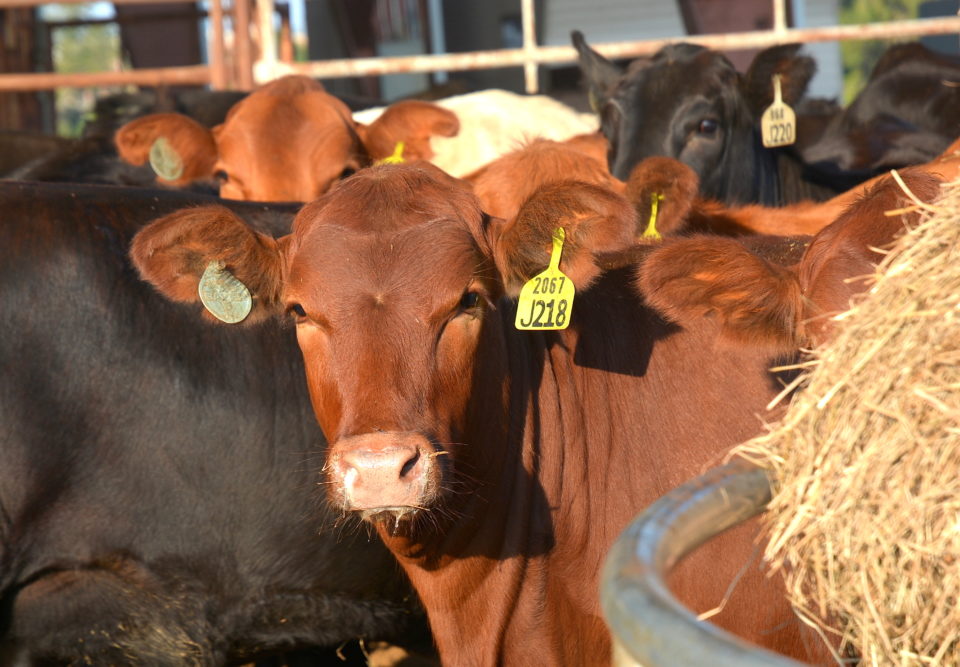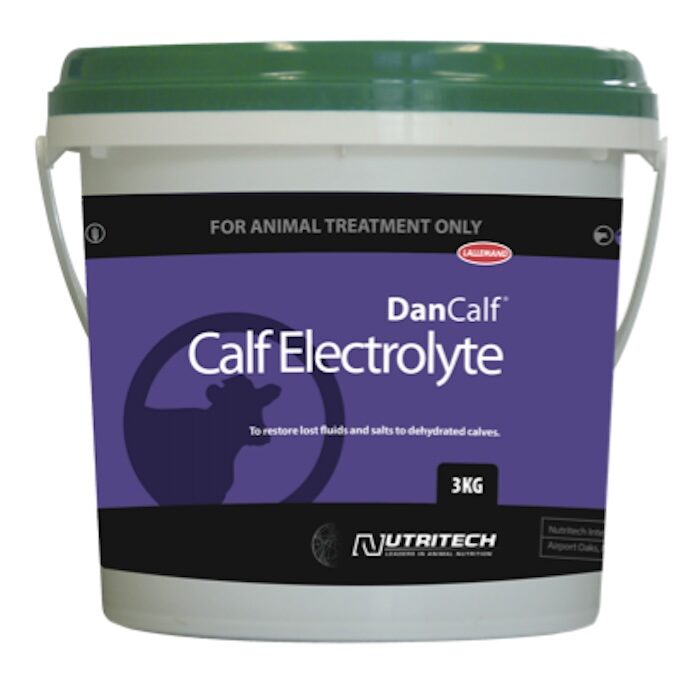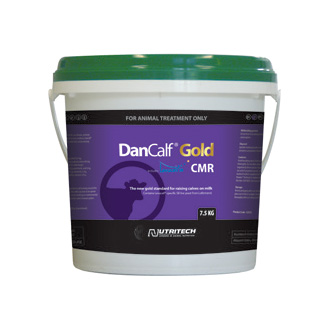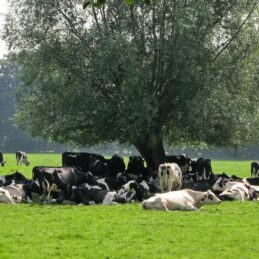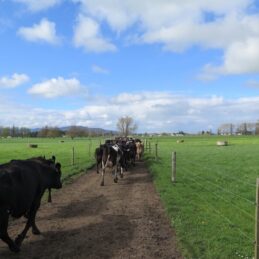There appears to be some confusion regarding the types of minerals, their availability and factors affecting it. Minerals are usually referred to as being in the inorganic or organic forms, which refers to whether they are bound to inorganic (e.g. chlorides, oxides, sulphates) or organic (contain carbon e.g. amino acids, peptides) elements or compounds.
The form of minerals influences their availability. Mineral compounds soluble in rumen fluid (e.g. sulphates) may become unavailable by forming insoluble compounds, e.g. copper binding with sulphur and molybdenum to form copper thiomolybdate. Insoluble mineral compounds are less affected by antagonistic interactions in the rumen.
Insoluble inorganic mineral compounds (e.g. oxides) tend to be poorly absorbed in the small intestine, as minerals needs to separate from oxygen to be absorbed. Minerals attached to organic compounds also separate from them at the small intestine, and are absorbed by specific and non-specific transporter proteins (active absorption).
The absorption of minerals by this route can regulated be up and down according to supply versus demand. This means organic minerals tend to be more available when cows are deficient and less when reserves are adequate.
Inorganic minerals are also absorbed by diffusion (passive), which is unregulated, so may result in excessive amounts being absorbed. Therefore, organic minerals tend to be considered safer to offer cows than inorganic minerals, as their absorption is better regulated.
There appears to be a tendency in some cases of offering higher levels of minerals to cows. This can prove counterproductive, as it increases the likelihood of interactions between minerals for absorption. Too high levels may also switch off the active absorption system, and increase metallothionine production in the intestinal lining, to bind minerals, thus reducing passive absorption. The net result is that other minerals may not be absorbed, which may lead to deficiencies.
The liver is the main detoxification organ in the body, and is where potentially toxic minerals, e.g. copper are bound to metallothionine and other storage proteins to prevent clinical toxicity. The excess minerals are released back into the blood when blood levels are low.
The liver can accommodate slow increases in say copper absorption, but may be overwhelmed by sudden large increases, resulting in clinical toxicity symptoms. Stress, such as drying off or a Sporedesmin challenge, can reduce the liver’s ability to cope, resulting in clinical toxicity symptoms.
The take home messages from this article are: It may be better to supply key minerals, e.g. copper and zinc in the organic form, so their absorption can be regulated. Don’t make sudden changes to diet or mineral supply. Don’t over feed minerals.
As featured in NZ Dairy Farmer

